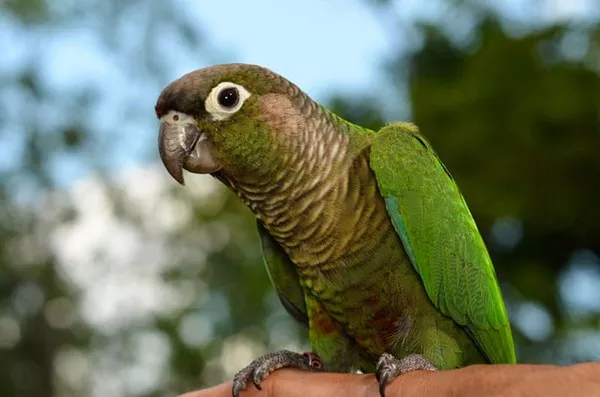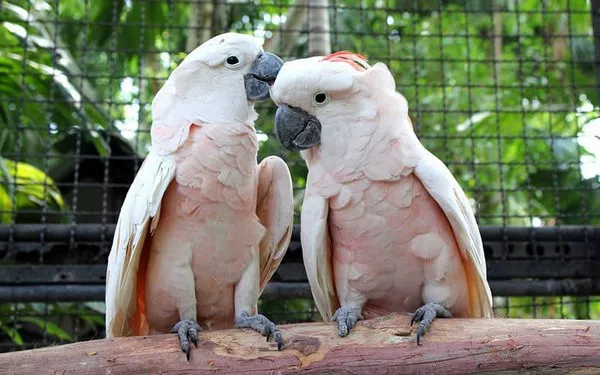The Halfmoon Betta (Betta splendens) is one of the most beloved aquarium fish around the world, known for its stunning beauty, vibrant colors, and engaging personality. These fish are often chosen by beginner aquarists and seasoned fish keepers alike due to their relatively simple care requirements and captivating appearance. However, as with any pet, it is essential to understand their characteristics, behavior, and proper care, including how big they grow. This article will focus on answering the question, “How big do Halfmoon Bettas get?” while also discussing other important aspects of their size, growth, and general care.
Introduction to Halfmoon Bettas
Before diving into their growth size, it’s important to understand the Halfmoon Betta’s origins and unique features. The Halfmoon Betta is a type of Betta splendens, a species native to Southeast Asia, particularly Thailand, Vietnam, and Cambodia. Bettas are known for their vibrant colors, aggressive behavior, and labyrinth organ, which allows them to breathe air directly from the surface of the water.
The “Halfmoon” variety refers to the specific tail shape that these Bettas possess. The tail forms a full, 180-degree spread, resembling a half-circle or “half moon.” This distinct tail shape makes Halfmoon Bettas incredibly popular among fish enthusiasts, with their tails displaying beautiful shades of red, blue, green, purple, and even multicolor patterns.
Betta Variants
There are several different types of Betta fish, and Halfmoon Bettas are just one variety. While all Bettas share some basic characteristics, the physical appearance of each type can vary. Other common Betta tail types include:
Crowntail Betta: Features spiked fins that resemble a crown.
Veiltail Betta: Has long, flowing fins that create a veil-like appearance.
Plakat Betta: A shorter fin variety of Betta with a more compact and streamlined body.
Delta Tail Betta: Exhibits a triangular-shaped tail that spreads wide.
The Halfmoon Betta stands out for its perfect semicircular tail, which is why it’s highly sought after by hobbyists and breeders.
Size of Halfmoon Bettas: How Big Do They Grow?
Halfmoon Bettas, like other Betta fish, are relatively small in size compared to many other species of fish. On average, a fully grown adult Halfmoon Betta will reach a size of about 2.5 to 3 inches (6.5 to 7.6 cm) in length, including their tail. While this size may seem small, it is crucial to consider the space and environment needed for their well-being.
Factors Influencing the Size of Halfmoon Bettas
Several factors can influence the size of a Halfmoon Betta. These factors include genetics, diet, living conditions, and overall care. Let’s explore each of these in more detail.
1. Genetics
Genetics plays a significant role in the size of a Betta fish. Each fish inherits its characteristics from its parents, which can include physical traits such as fin shape, color, and body size. Bettas that are bred selectively for size or appearance may have slight variations in their maximum size. However, most Halfmoon Bettas will fall within the typical size range of 2.5 to 3 inches.
2. Diet
A Betta’s growth is largely determined by its diet. When Bettas are fed a balanced, high-quality diet that includes protein-rich foods like betta pellets, frozen or live brine shrimp, bloodworms, and daphnia, they are more likely to grow to their full potential size. Poor nutrition or a lack of protein in their diet may stunt their growth, leaving them smaller than average. However, overfeeding can also lead to obesity, which can affect their health and overall well-being.
3. Tank Size
Bettas are relatively adaptable to different tank sizes, but providing them with a larger tank will encourage them to grow well. A minimum of a 5-gallon tank is recommended for a single Betta, though larger tanks (10 gallons or more) are ideal for ensuring that your Halfmoon Betta has ample space to swim and thrive. In cramped or overcrowded conditions, their growth may be stunted, and they may not reach their full size potential.
4. Water Quality
Good water quality is crucial for the health and growth of Betta fish. Bettas require clean, warm water with a temperature range of 76-82°F (24-28°C) and a neutral pH level of about 7.0. Poor water quality, which includes high ammonia or nitrate levels, can cause stress, illness, and stunted growth. Regular water changes and proper filtration are necessary to maintain a stable and healthy environment for your fish.
5. Temperature
Temperature is another factor that can influence the growth of your Halfmoon Betta. Bettas are tropical fish, so they require warm water to thrive. If the water is too cold, their metabolism will slow down, which can stunt their growth and weaken their immune system. A consistent temperature in the recommended range will promote healthy growth and vibrant coloration.
Growth Stages of Halfmoon Bettas
Like all fish, Halfmoon Bettas go through different life stages, each characterized by various changes in size and appearance. The growth stages of a Halfmoon Betta are as follows:
1. Fry Stage
When Betta eggs hatch, the babies are known as “fry.” At this stage, they are incredibly small, measuring less than 1 inch long. In the early stages, the fry will primarily feed on infusoria (tiny microorganisms) or specially formulated liquid fry food. As the fry continue to grow, they will begin to develop their characteristic fins and colors.
2. Juvenile Stage
As the fry mature, they enter the juvenile stage. This period lasts for several weeks, during which the Betta will grow rapidly. During this stage, the fish will typically grow to around 1.5 to 2 inches in length, and their fins will begin to take on the adult shape. The Halfmoon tail will also start to become more noticeable. At this stage, it’s important to provide a high-protein diet to ensure that the Betta grows as quickly and healthily as possible.
3. Adult Stage
By the time a Halfmoon Betta reaches about 3 inches in length, it is considered an adult. Most Bettas reach their full adult size by 6 months of age, although they can live for several more years if properly cared for. At this point, the fish will exhibit its full tail length and its vibrant colors. The Halfmoon tail shape will be fully developed, creating that stunning half-circle shape for which the breed is known.
How to Ensure Your Halfmoon Betta Reaches Its Full Size
To help your Halfmoon Betta reach its full size potential, there are several key aspects to focus on regarding care and environment. Ensuring your Betta is in optimal conditions will allow it to thrive and grow to its full adult size.
1. Proper Tank Size
As mentioned earlier, a minimum of a 5-gallon tank is recommended for a single Betta. A larger tank will give your Betta more space to swim, explore, and engage in natural behaviors. A spacious tank also helps with water quality, as there is more room for water filtration and a more stable environment.
2. Balanced Diet
A balanced diet consisting of high-quality Betta pellets, live or frozen foods such as brine shrimp and bloodworms, and occasional treats like daphnia can promote healthy growth. Avoid overfeeding your Betta, as this can lead to obesity and health problems.
3. Stable Environment
Ensure that the water temperature remains stable and falls within the 76-82°F range. Regularly check the water parameters (pH, ammonia, nitrite, nitrate) and perform routine water changes (at least 25% of the tank volume per week) to maintain water quality.
4. Avoid Overcrowding
Overcrowding can stress your Betta and hinder its growth. Bettas are solitary fish and should generally be kept alone, especially males, who are territorial and can be aggressive towards other males. If you keep multiple Bettas together, ensure there is plenty of space and consider dividing the tank with a divider to prevent direct contact.
5. Minimal Stress
Stress can negatively affect the health and growth of your Betta. Avoid placing the fish in stressful situations such as sudden changes in temperature or water conditions, too much movement in the tank, or exposure to loud sounds. Ensure that the tank environment is peaceful and quiet, with minimal disturbances.
Conclusion
Halfmoon Bettas are truly captivating fish that add color and beauty to any aquarium. These fish are small but striking, with their vibrant colors and distinct half-moon-shaped tails. While the typical size of a fully grown Halfmoon Betta is around 2.5 to 3 inches, factors like genetics, diet, tank size, and water quality can influence their growth. By providing the ideal care and environment, your Halfmoon Betta will not only reach its full size but also live a healthy and happy life.
Understanding how big Halfmoon Bettas get is essential for creating the right conditions for their growth and well-being. Whether you’re a new Betta owner or a seasoned aquarium enthusiast, giving your Betta a spacious, clean tank with a balanced diet and minimal stress will help it thrive. With the proper care, your Halfmoon Betta will live a long, vibrant life, filling your aquarium with beauty and charm.
Related Topics:






















